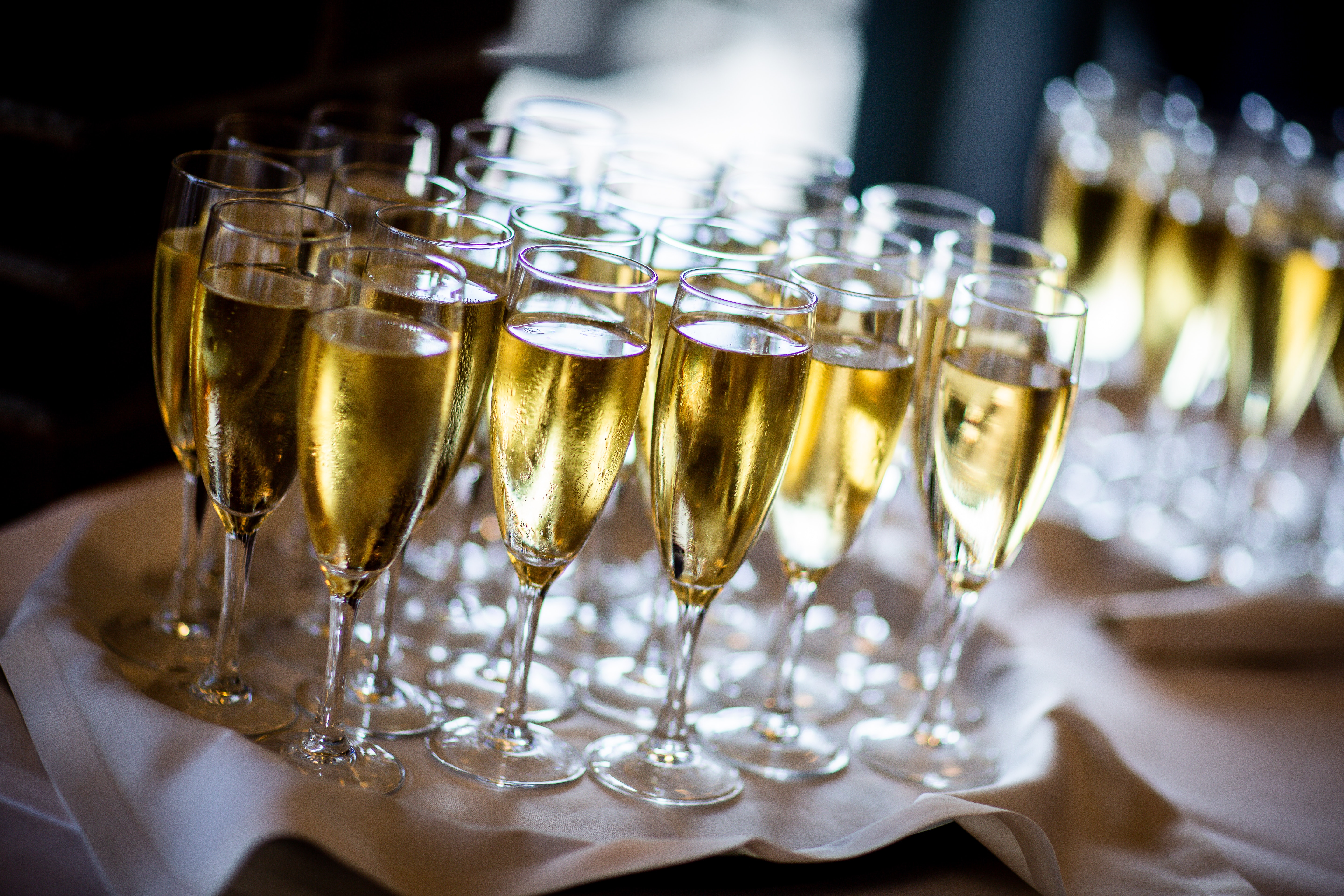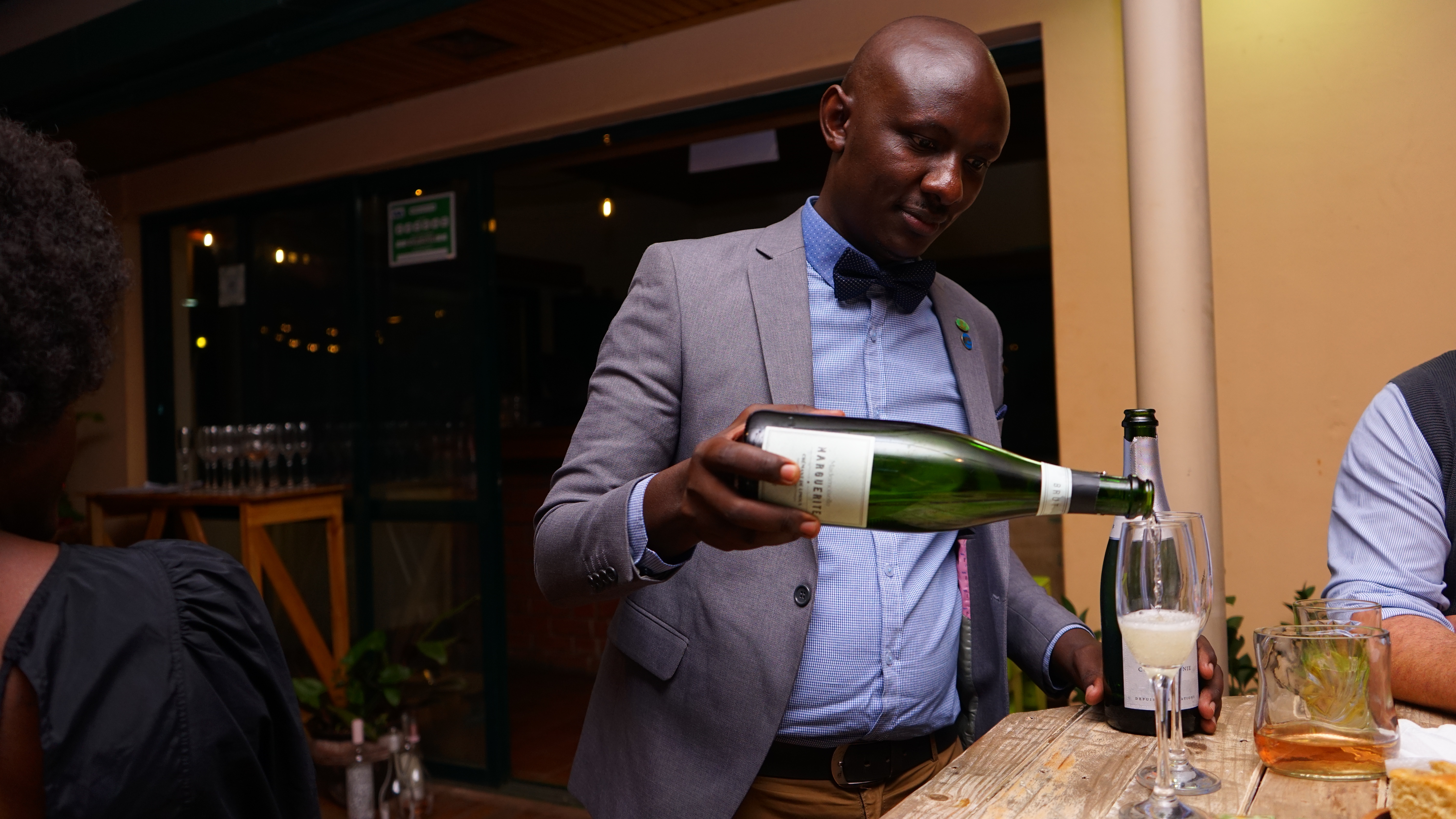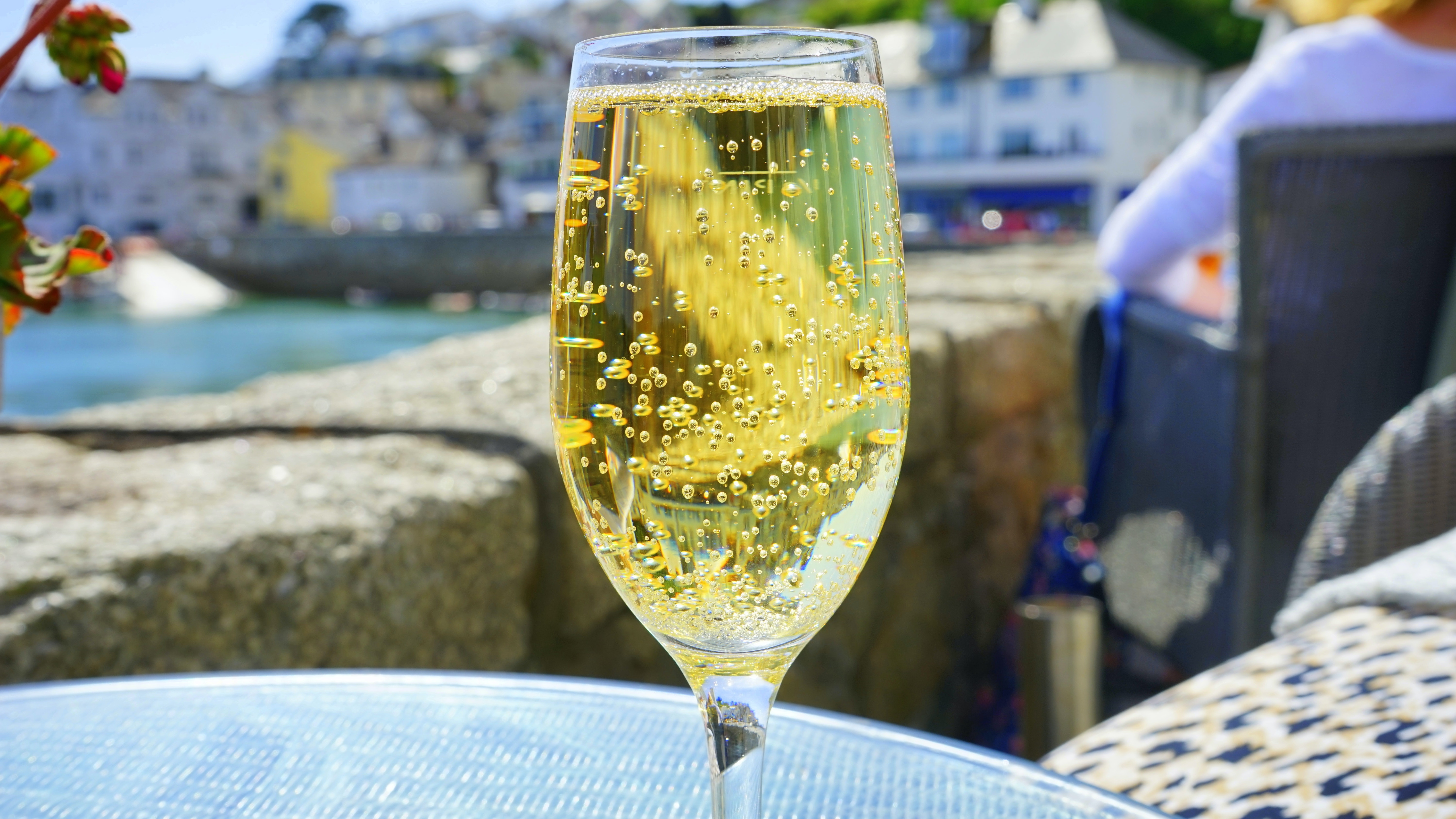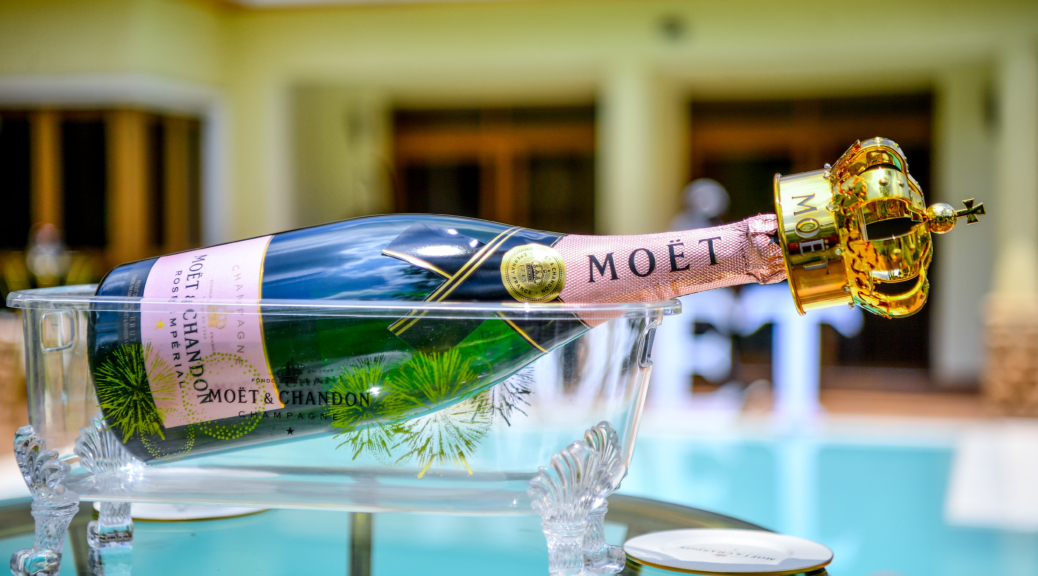
If you’re struggling with which to have at your reception, don’t keep your frustration bottled up
1. Wine Region
The wine region is the primary distinction between Champagne and other sparkling wines. Champagne is a product of France’s Champagne region. Additionally, sparkling wine made in the Champagne region must follow the appellation rules in order to use the name “Champagne.” It is the undisputed Grand Champion of Bubblies.On the other hand, sparkling wine can be made anywhere in the world.
2. Price
The conventional technique of making champagne wine entails a first fermentation for the base wine, followed by a second fermentation inside the bottle.Because manufacturing wine is such a labor-intensive procedure, it is produced in smaller quantities than other sparkling wines.
Because only a small number of grapes grown throughout the Champagne region may be utilised for its base wine, the quality of the grape variety used also drives up the price of champagne.For about 14 to 25 years, a fine Champagne wine can age beautifully, increasing in value. It makes sense why Champagnes are so highly regarded by investors and collectors.
3. Taste

Champagne wine gets a richer, toastier flavor as it ages on its lees. Toast, brioche, scents may be present in a superior vintage Champagne. Depending on the sugar content, champagne can also range from being dry (brut) to being sweet. More residual sugar results in sweeter, fruitier products. The extended maturing period for champagne also produces a smoother, more exquisite mouthfeel. While the flavors of sparkling wines are fruitier and fresher and the consistency of their bubbles ranges from coarse to fine.
Pinot Noir, Pinot Meunier, and Chardonnay grapes are the three main grape varietals used to make champagne. Arbane, Petit Meslier, Pinot Blanc, and Pinot Gris are further little used grape varietals. In contrast, sparkling wine can be either a single grape variety or a blending of several worldwide grape kinds.

